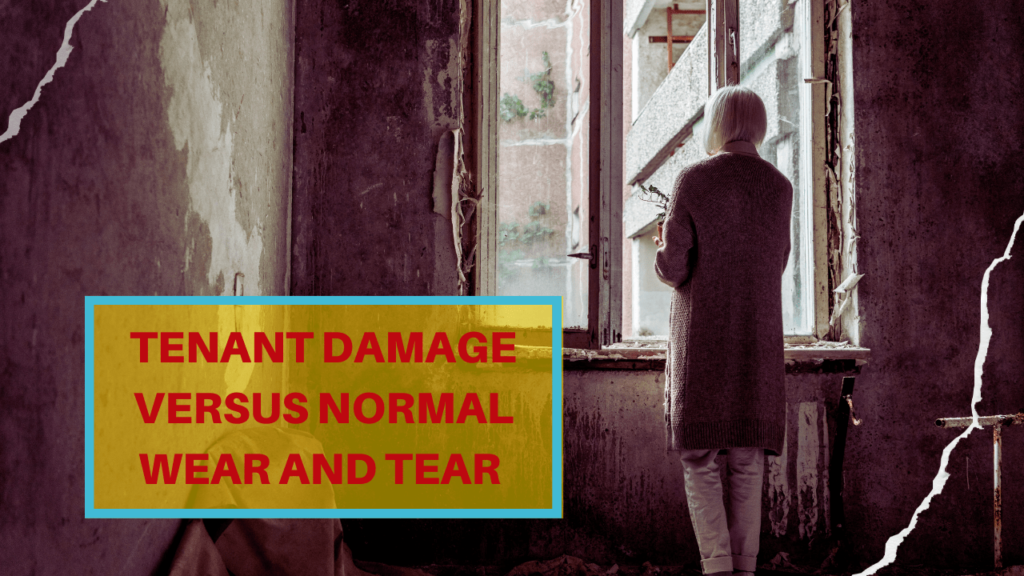Tenant Damage versus Normal Wear and Tear | Beaufort Property Management

Sometimes, tenant damage is very obvious. The broken windows, the writing on the walls, the gaping holes in drywall; these are all clear examples of abuse and mistreatment.
It’s not always that obvious, however. And when a tenant has moved out of your Beaufort rental property, you’ll conduct an inspection to determine how much work needs to be done during the turnover period – before a new resident can move in.
During this inspection, it’s important that you know what you’re looking at as you walk through the home. Tenant damage is the responsibility of your renter, and you’re able to charge your tenant’s security deposit for any damage that’s left behind.
Normal wear and tear is something different. You are responsible for taking care of wear and tear items, and you won’t be able to charge those repairs or maintenance issues to your tenants.
Most landlord and tenant disputes occur because of disagreements over the security deposit. You can avoid those conflicts if you know how to distinguish damage from wear and tear.
Understanding Normal Wear and Tear in Beaufort Rental Homes
Normal wear and tear is the general deterioration that occurs with any rental property usage. It would happen to a property whether you were living in it yourself or you were renting it out to a tenant. It might include:
- Small nail holes in the walls where pictures were hung.
- Scuff marks on the walls or in the carpet from where heavy sofas or other furniture was placed.
- Fading blinds or window treatments from sun.
- Dirt and mold trapped in the caulk between tiles.
Wear and tear maintenance is paid for by the landlord during the turnover process. It’s part of the cost of owning investment property. You’ll make some updates and improvements before a new tenant moves in, and you cannot charge the deposit for this work.
Understanding Tenant Damage in Beaufort Rental Homes
Damage is beyond normal wear and tear, and is the result of a tenant’s misuse, abuse, or neglect. Sometimes, it’s due to an unintentional accident. However, it still remains the responsibility of the tenants.
You can count a large hole in the wall or scratches on the floor as damage. If an appliance has been damaged because it wasn’t used properly, that’s something you can deduct from the deposit. When a tenant’s child colors on the walls, that’s damage. A toilet that is overflowing because large amounts of paper towels have been flushed would be damage.
These are things you’ll have to fix before a new tenant moves in, but it will not be at your expense. You can use the deposit to pay for the repairs.
Documenting Damage is Critical
 It’s important to document what you’re deducting from the deposit and why. When you return the remaining security deposit to the tenant, provide an itemized list that demonstrates what has been withheld. Include invoices and receipts when the work has been done, or estimates when the work has not been done yet.
It’s important to document what you’re deducting from the deposit and why. When you return the remaining security deposit to the tenant, provide an itemized list that demonstrates what has been withheld. Include invoices and receipts when the work has been done, or estimates when the work has not been done yet.
Make sure you have pictures that clearly defines the damage that was done. You may need those if a tenant complains or tries to claim that something was damaged all along. Move-in and move-out inspection reports can help you keep the process objective.
We can help you understand whether you’re looking at damage or wear and tear after a tenant vacates. If you’d like some help with this or anything pertaining to Beaufort property management, please contact us at Beaufort Rentals.
